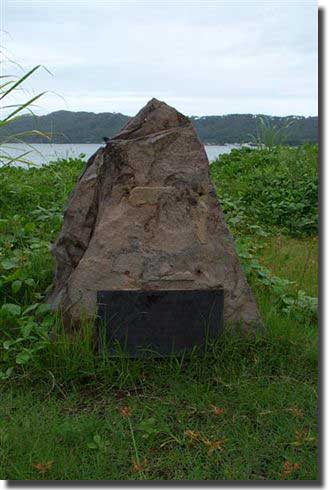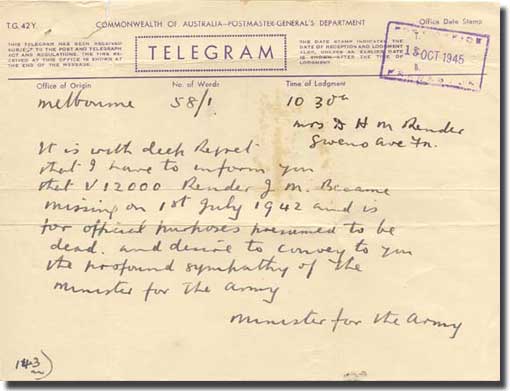|
Australian WW2 POW's die at sea en route to Japan. The sinking of Montevideo Maru on the 1st. of July 1942
Introduction. In 1942, Australian POW's enroute to Japan died because their Japanese ship, Montevideo Maru was sunk by an American Submarine. This then is their story.
Montevideo Maru 1941. Prior to being shipped out of New Brirain, in April of 1942, these POW's were given one chance to write home, the letters were collected, placed in mailbags and dropped by the Japanese over Port Moresby, I must say this was a totally uncharacteristic gesture by the Japanese. Suprisingly some 400 letters were subsequently delivered to families in Australia. To many receiving this mail, it was the last they ever heard from their loved ones, by the 1st. of July most of those who had written a final letter home were dead. USS Sturgeon, American Submarine.
US submarine USS Sturgeon, sank POW ship Montevideo Maru 1st. July 1942 There seems little doubt that his target was Montevideo Maru, her owners recorded she was lost at the same time, and in the same position as that stated by Wright. The Captain immediately ordered abandon ship, only 3 lifeboats were lowered, all capsizing, and one being quite badly damaged. There were but few survivors miilling about in the water, the Japanese crewmen and a few of the Naval guards who had been responsibile for the POW'S who managed to get into the lifeboats headed for the coast of the Philippines. The Captain plus 10 of his crew did make it to shore, but a Japanese account of this sinking states that guerrillas on shore killed most of the survivors, including the Captain of the ship. Five did set out on foot for Manila, two dying on the way, after ten days on the road, the remaining three arrived to raise the alarm about the sinking, but it was far too late to contemplate any rescue mission. It seems that about 71 Japanese crewmen and Naval guards died when the ship sank.
Memorial to loss of Montevideo Maru at Rabaul Families in Australia hear nothing about this ship loss. By January of 1943, the Japanese Navy Department had sent off details of this sinking to the Prisoner of War Information Bureau, with the nominal roll of all service personnel and civilians who had been in this ship. The Red Cross on a number of different occasions made enquiries about those Australians captured in New Britain, but never had any response from the Japanese. In 1944 the Japanese Foreign Office tried to get information on the missing civilians from New Britain, nothing but silence, the Swiss Legation in Japan, on seven different occasions tried to extract information, but also struck just a blank response. WW2 ends. An Australian Army Officer Major H.S. Williams who was fluent in Japanese was searching records in the Tokyo POW Information Bureau, when he stumbled on a list containing 1,056 names. Many listed were servicemen, with a name and a serial number, some on this list were civilians, it stated they were all captured in Rabaul, and the list appeared to contain Australians, however, as the names had been translated from English into Japanese script, and then back again, it raised considerable problems. The Director of this POW Information Bureau readily admitted that full details of what had happened to the men from New Britain were in Japanese hands back as far as early 1943, but he expressed no regrets that this information had been withheld from Australia for so long. By late October 1945, the translated list reached Canberra, and telegrams were then despatched across the country bearing the sad news that few of the men taken prisoner or interned in 1942 at Rabaul had seen out the war.
Copy of one of the telegrams despatched in October 1945 Conclusion. It was Australia's worst Maritime Loss, almost twice as many died that night on that 1st. of July 1942, as did in ten years of war in Viet Nam. Friendly fire can be as equally lethal as can fire from the enemy. See "Montevideo Maru Memorial at Ballarat POW Memorial, Ballarat Botanic Gardens, Victoria, Australia" |




